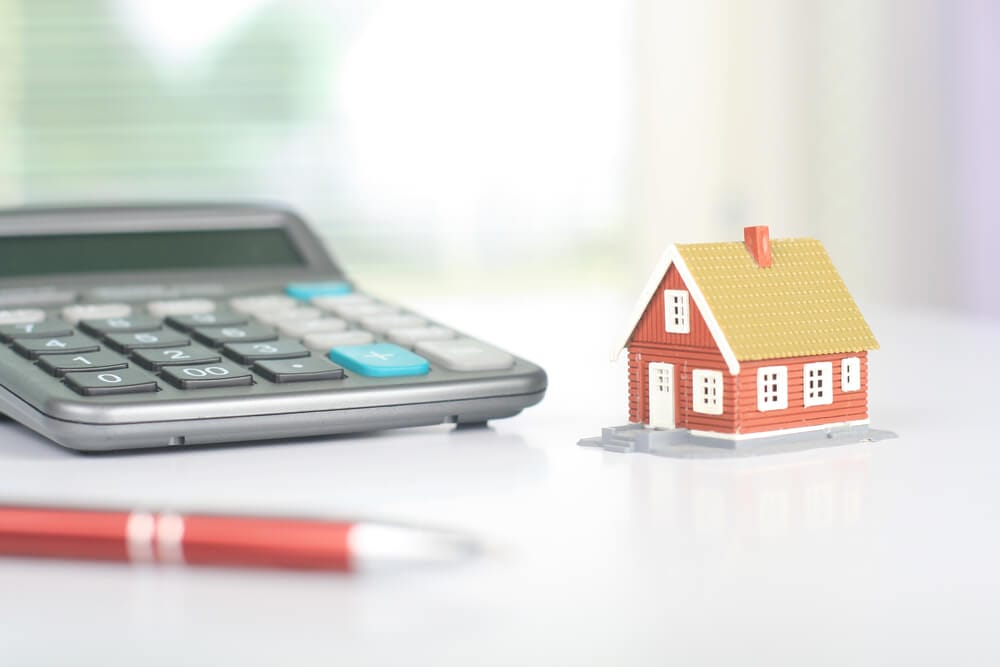Sometimes it appears the VA loan is a gift that just keeps on giving. That might be hard to explain to those outside of the mortgage industry but when you begin reviewing the benefits the VA home loan program provides, that explanation begins to make sense. And perhaps one of the most overlooked benefits of this special home financing program is VA’s Energy Efficient Mortgage, along with the other advantages.

The most well-known advantage the VA home loan has is probably what it doesn’t have- a down payment requirement. The VA home loan does not require a down payment from the borrower whatsoever. That of course doesn’t mean the borrower is restricted from making a down payment, the borrower certainly can, but that it’s not required.
The veteran is however restricted from paying certain closing costs associated with getting a home loan. The only charges the veteran is allowed to pay are those for an appraisal, credit report, title and title related charges, origination fees, recording and survey or an abstract. All other fees must be paid by the seller or with a lender credit.
Low down payment loans, including FHA, USDA and conventional low down payment programs also have a monthly mortgage insurance payment. These loans have an annual mortgage insurance premium paid in monthly installments. VA loans do not have a monthly mortgage insurance payment but do have an upfront mortgage insurance premium that is rolled into the loan, just as with FHA and USDA programs.
In addition, interest rates for VA loans are very competitive, compared with other mortgage programs. These are the main benefits that most potential borrowers know about but they may not know about the Energy Efficient Mortgage, which is available to all who qualify for the VA home loan benefit including veterans, active duty personnel with more than 181 days of service, those with at least six years of service with the National Guard and Armed Forces Reserves and un-remarried spouses of those who have died while in service or as a result of a service-related injury.

The EEM Program
The Energy Efficient Mortgage, or EEM, is an “add-on” so to speak to an existing VA loan application both to purchase a property or it can be used to refinance an existing VA loan. The EEM program is designed to make homes more energy efficient by making certain improvements to the home. The long term goal is the cost of the improvements will be more than offset with lower utility bills. And the program really works.
There are two basic tiers with an EEM. The first allows the lender to add an additional $3,000 to a home loan for purposes of making the home more energy efficient. The improvements must be reviewed by the lender to verify the proper use of the funds. This verification process is most easily done by looking at bids from contractors and suppliers for energy specific projects.
The second tier involves improvements more than $3,000 but no more than $6,000. In this instance, the lender not only reviews the potential projects but verifies the additional funds will be offset by lower utility bills. When you add $6,000 to the mortgage, the monthly mortgage payment will be slightly higher. This is typically easy to justify.
Allowable Improvements
What are allowable improvements that can be financed with an EEM? Installing new thermal windows and doors are allowed. So too is insulation in the walls and attics. Solar heating systems are considered an energy efficient improvement. Heat pumps are also included in the list. Note that it’s possible in a few instances where more than $6,000 can be added, such as when a new heat pump installation is $6,500 and not $6,000, for example.
What should you choose to improve with the EEM? You may first want to pay for an energy audit. These audits are relatively inexpensive, perhaps under $100 in most areas although some utility companies provide these services for free or at a reduced charge for veterans, so before you order an energy audit from a private company, check first for any free service that is available.
The audit will identify specific energy improvements and what the long term benefits will be. This audit can then be presented to the lender along with contractor bids to provide documentation of the improvements to be made. Once the improvements are identified and the EEM is funded, the homeowner has six months to complete the energy efficient improvements.
The math usually works when the right improvements are made. If the addition of $6,000 is around $25 more per month on a typical 30 year mortgage, the energy audit can usually be justified with lower electricity bills, for example. These loans do take a bit of planning and add a couple more steps to the loan approval process so it’s best to start the process early on. Speak with a VA approved lender about how the EEM process works, what you can expect and how the lender approves the suggested improvements. You just might be surprised at how much you’ll save over the long term.


